First things first, if you want to make the most of your short time in Copenhagen, hiring a bike will give you access and insights into the city. There are more bikes than cars on the road in Copenhagen so you won’t feel out of place.
Getting around
There are so many places you can hire these from, that you can probably find one in the area you are staying or setting off from. Other options include the mobile app pick up and drop off service Donkey Republic, or a city centre company like Rosenborg Cykler.
If you have children, you can hire cargo bikes (ladcykel), which are the bikes with a box at the front (Christiania and Nihola are some of the brands you can hire). They can feel very heavy, so electric versions (el ladcykel) will stop your day turning into a sweat fest.
Cargo bike rentals book up quite quickly, especially during the summer so book this in advance. You can also hire a bike with a child seat on the back, which is a cheaper and lighter option.
If cycling is really not your thing, the city’s metro, train and bus services are very quick and reliable. You can use the DOT services app to buy travel tickets, or use a ticket machine at a the metro and train stations. Be aware you can’t buy a ticket once on the mode of transport – it has to be done before.
Once you know how you’re getting around, map out the areas for your day.
My recommended areas for those new to the city, would be Islands Brygge, Vesterbro, Nyhavn, Christianshavn, Refshaleøen, Nørrebro.

Islands Brygge
If you’re up for a good day of cycling to see the best of the city, you could start the day here. If you really wanted to go for the full Danish experience, take a morning dip in the harbour, where there are five pools to choose from, including two for children. Then you can cycle over the iconic cycle-only bridge, Bicycle Snake (Cykelslangen) which takes you six to seven metres above sea level over to Dybbølsbro.
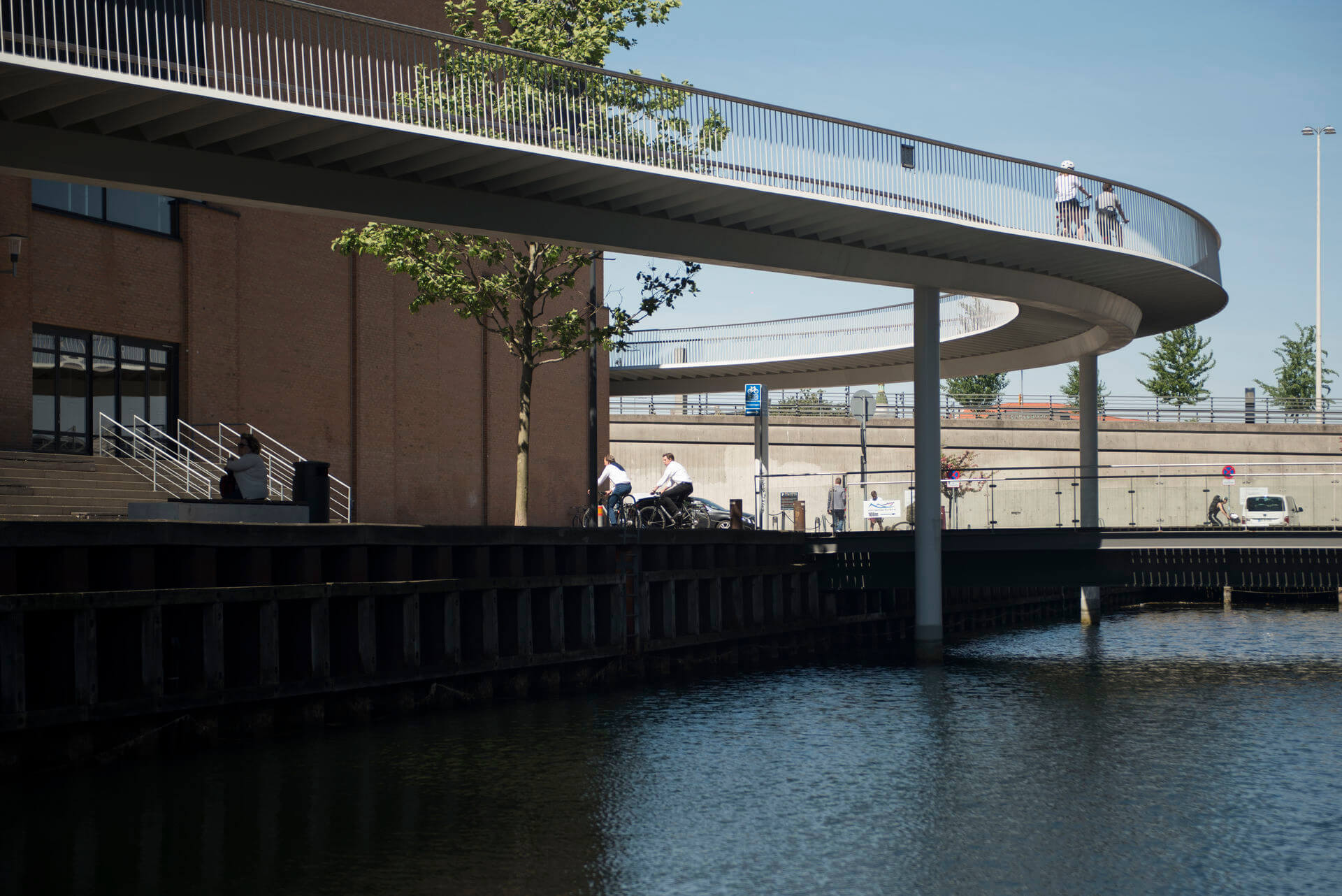
From Dybbølsbro you can cycle through the Meatpacking District (a great place for food) and make your way towards the centre, passing Tivoli, Town Hall Square (Radhuspladsen) , through picturesque Ørstedparken and stopping at Torvehallerne for a refreshment. Here you will be spoilt for choice with lots of small stalls selling fresh produce, smørrebrød, and all things Danish.
Central Copenhagen
Although central Copenhagen is popular with tourists, it is also worth passing through on your 24 hours in the capital because it’s an area used by residents, as well as students so has a nice buzz and you won’t tire of its colourful charm.
Wander through Strøget, one of Europe’s longest pedestrian streets, so dismount or park up your bike when going along it then cycle on the streets around it.
You can look up at the Round Tower (Rundetårn) or walk up it if you want. It has one big 200 metre ramp, followed by two small set of steps, making it child-friendly and fairly quick to get up and down. Tickets cost 40 kroner (around 5 euros) per adult and 10 kroner (1 euro) for children over five.
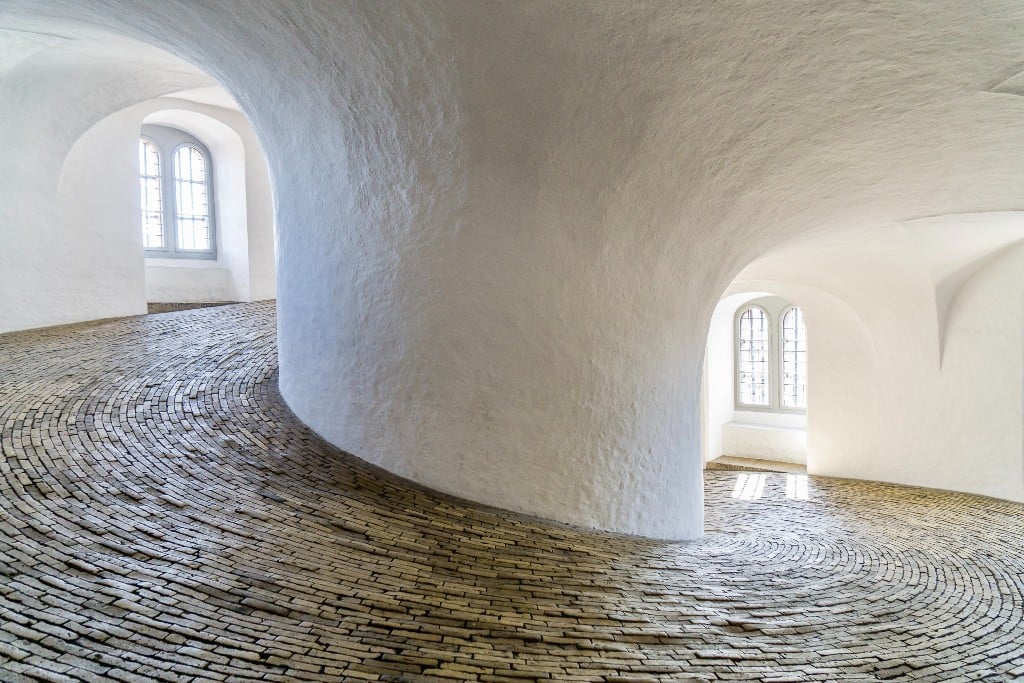
Cycling or walking past the Royal Gardens (Kongens Have), you may spot the Royal Guard leaving Rosenborg Castle at 11.30, as they make their way to Amalienborg, home of the Danish Royal Family. The changing of the guard takes place here everyday at 12pm.
Other sites to take in during your wander through the centre include Christiansborg Palace, where parliament sits. You can see this across the canal from Amagertorv. At Kongens Nytorv square you can see The Royal Danish Theatre (Det Kongelige Teater).
Then there’s Nyhavn – the iconic picture-perfect colourful canal. It is as pretty as it looks on Instagram but stopping at a cafe or restaurant here will come at a premium price.
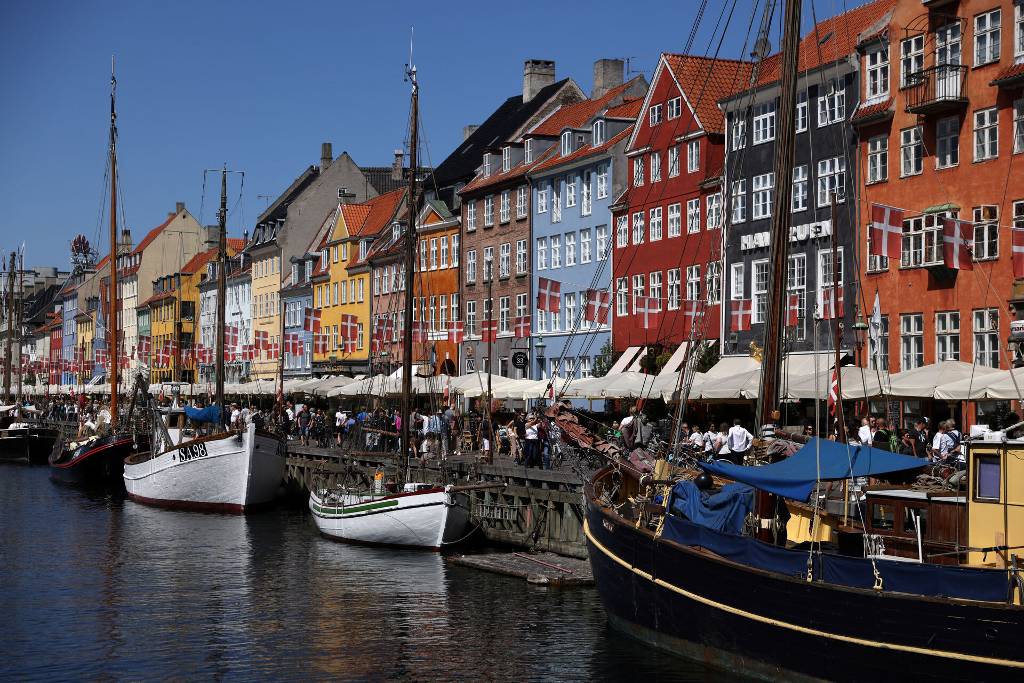
Christianshavn
From Nyhavn, walk or cycle across the 180-metre long Inner Harbour Bridge (Inderhavnsbroen) – a pedestrian and bike-only link between the city and Christianshavn, which was built in 2016.
Stop off at a cafe in Christianshavn and enjoy views of the canal and if you are feeling adventurous, a climb up the twisted spire of Church of Our Saviour (Vor Frelsers Kirke) to get an impressive view of the city.
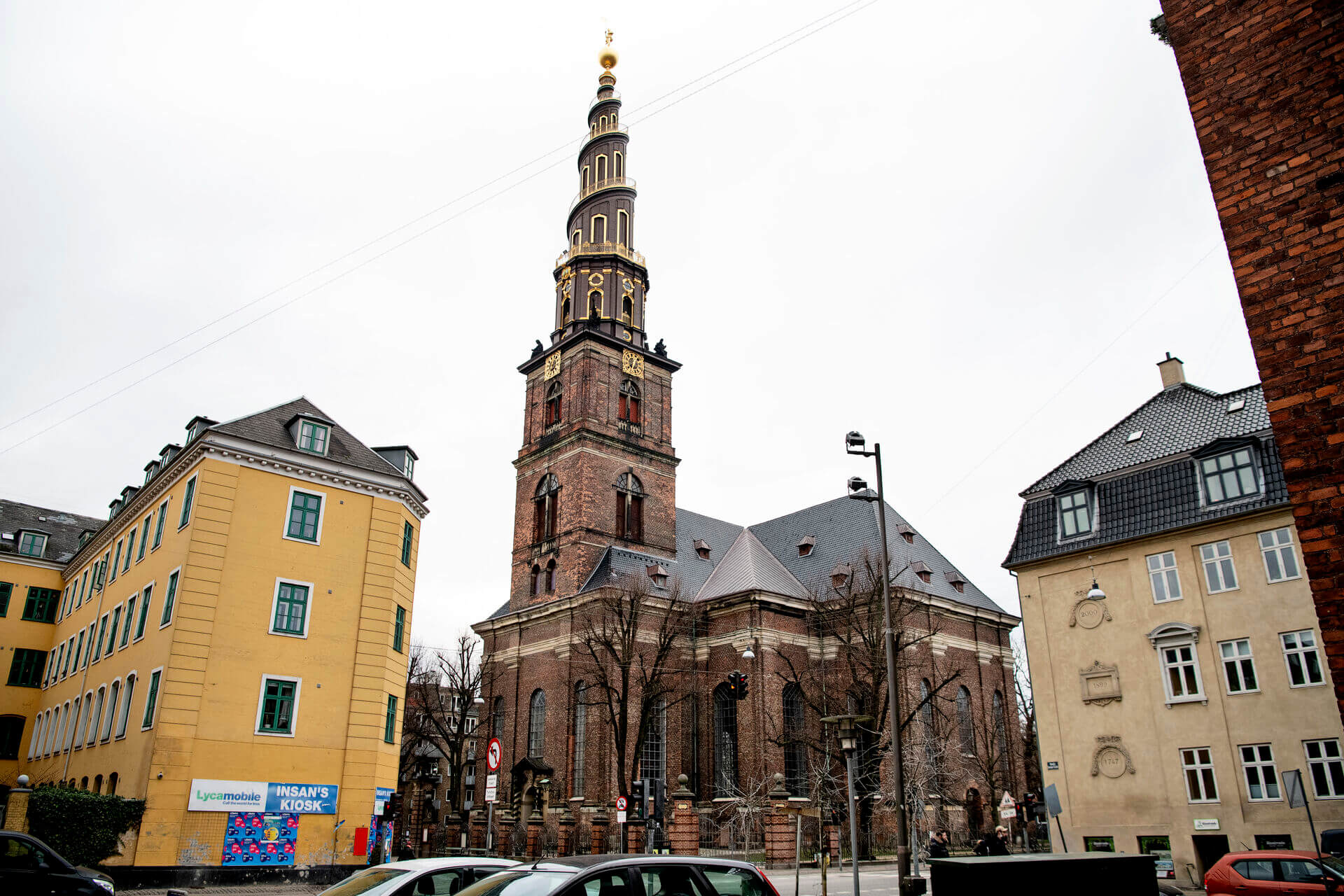
If Christiania has sparked your curiosity, you can safely cycle through this free town.
You can enjoy eco-restaurants, workshops, galleries and live music, while absorbing the interesting culture and architecture of the place. Be aware of the rules on Pusher Street, where cannabis is often illicitly sold. You aren’t allowed to take any photographs in this area.
Refshaleøen
For more food and drink, cycle a further 10-15 minutes to Refshaleøen, a former industrial district that has recently transformed into a creative space.
There’s an abundance of places to choose to eat and drink here. Reffen is an organic street food market where they reuse as much for their waste as possible.

You can also get to Refshaleøen by bus (2A from Christianshavn or 9A from Nyhavn) or you can get the harbour bus 991 or 992.
At Refshaleøen, you can experience the clean harbour water by taking a swim. On your cycle to or from here, take a look at the work of architect Bjarke Ingels’ CopenHill – the ski slope built on top of a waste management centre.
Dronning Louises Bro
To get here, cycle back through the centre via Inner Harbour Bridge, down Gothersgade and across Dronning Louises Bro. This is a bridge that links Nørrebro to the centre and takes you across the picturesque Lakes (Søerne). Cycling straight ahead out from the centre takes you to Nørrebro, left takes you to Østerbro and right takes you to Frederiksberg. It’s a beautiful stretch of bike lanes around the Lakes that are worth exploring if you have time.
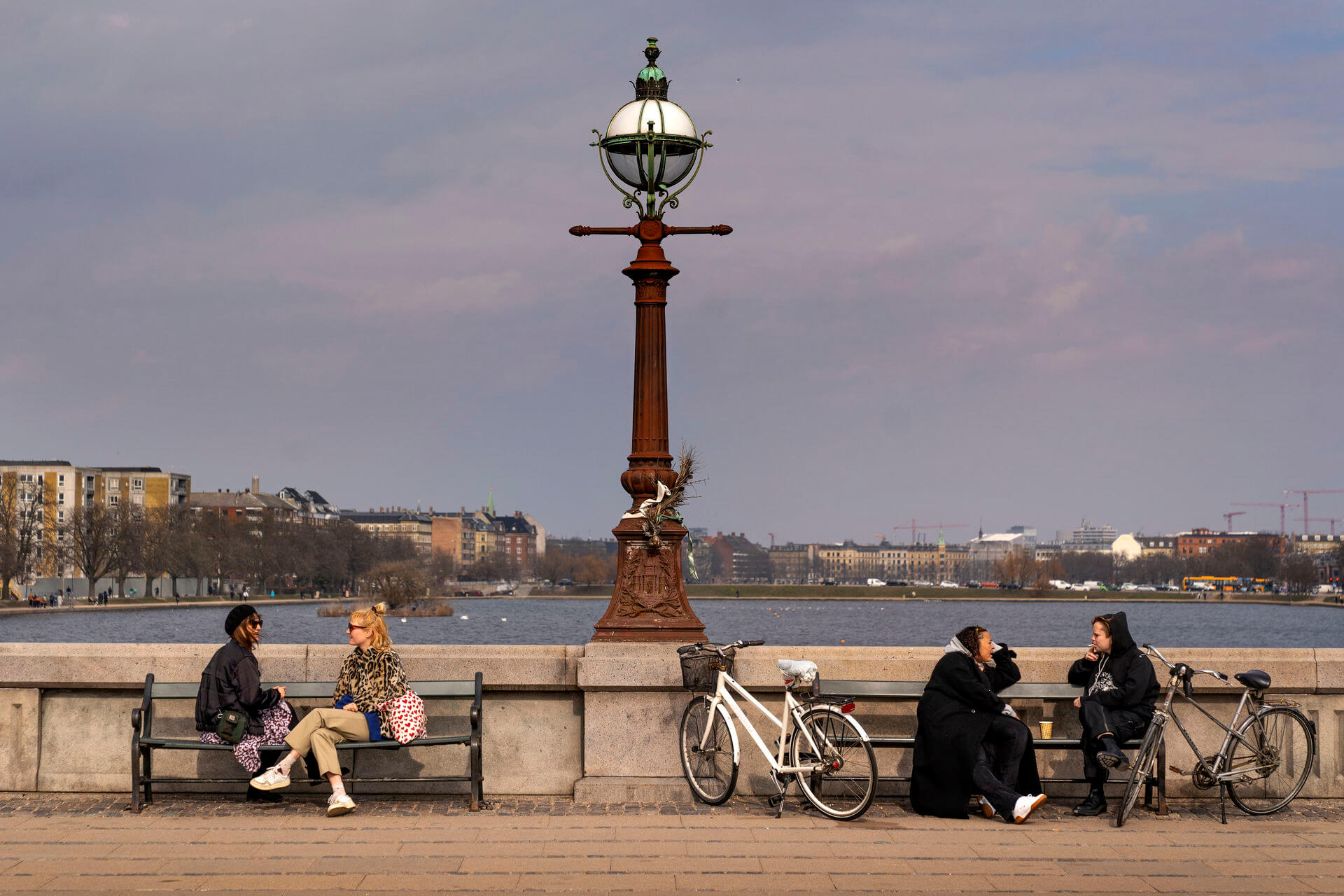
Nørrebro
Nørrebro was crowned the world’s coolest neighbourhood by Time Out in October 2021. Just cycling down its streets will make you feel cool.
Elmegade and Sankt Hans Square are full of activity and creative boutiques, bars and cafes. For evening food and drink, you can stay this side of Nørrebro and try out the organic restaurant and pizzeria Bæst (reservations will be needed), where they make their own mozzarella and cure their own meat. The nearby Brus is great for an evening craft beer.

If it’s summer, it stays light until past 10pm so you can cycle or walk down Nørrebrogade and through Denmark’s most famous cemetery, Assistens Churchyard (Assistens Kirkegård), which is open until 10pm from April to September. Well-known Danes such as Hans Christian Andersen and Søren Kierkegaard are buried here. Cemeteries are not creepy places in Denmark and you’ll often find people having picnics or sunbathing in them.
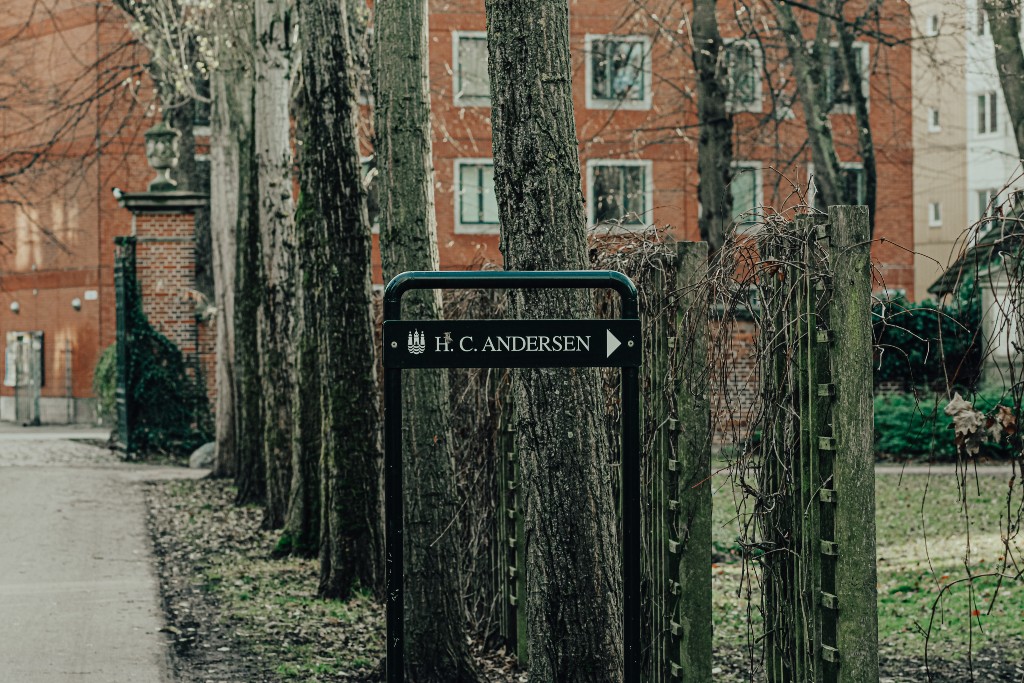
From here, you are very close to the vibrant street Jægersborggade, where you can enjoy an evening drink at the underground wine bar Terroiristen.
Ideally you’d have a bit of time during the day around this area because it’s great for food, drink, interesting shops and a brilliant playground in Nørrebroparken if you have children.
If you’re having a late night in Nørrebro, book your Airbnb here. Then in the morning head for breakfast either at Grød (if you like porridge) on Jægersborggade or Mad og Kaffe on Stefansgade. Then grab a takeaway coffee from specialty micro roastery The Coffee Collective and few pastries from Meyers Bakery for your journey home.
What didn’t make the cut
The above itinerary is ambitious but there’s so much more you can see. Here are a few extra highlights for another day:
- Tivoli Gardens
- Carslberg
- Glyptotek Museum
- A boat trip around the centre or kayak for free if you pick up litter along your way.
- Frederiksberg Gardens
- Cisternerne underground gallery at Sønderparken. Then walk through the park and find the viewing point to Copenhagen Zoo.
- Louisiana museum of modern art
- Get the train to Klampenborg or cycle if you’re feeling strong, to enjoy sea and sand at Bellevue Strand, nature and deer at Dyrehaven and then Bakken, the oldest theme park in the world, which has free entry and some charming restaurants inside.
- Hellerup – one of the most expensive areas of Copenhagen but nice to cycle through to see the impressive houses, boutique shops, beach and park.
- The Citadel (Kastellet) The buildings inside are used as military barracks but it is open to the public to walk through and take in the history of the area, founded by Danish King Christian IV in 1626.
- The Little Mermaid. This is not far from the Citadel so worth combining the two. Prepared to be a little underwhelmed by the size of her but many people like to tick it off their list.

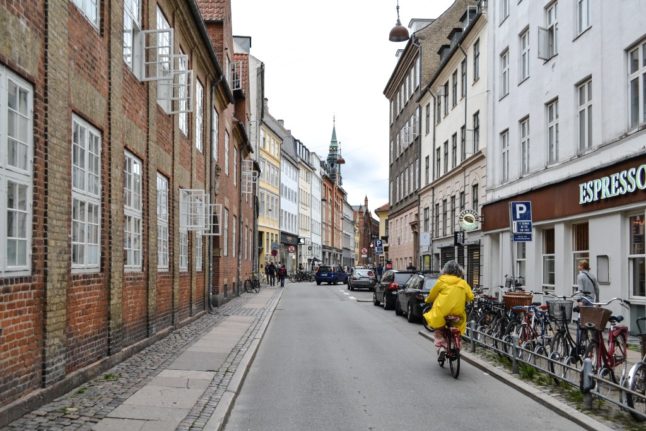

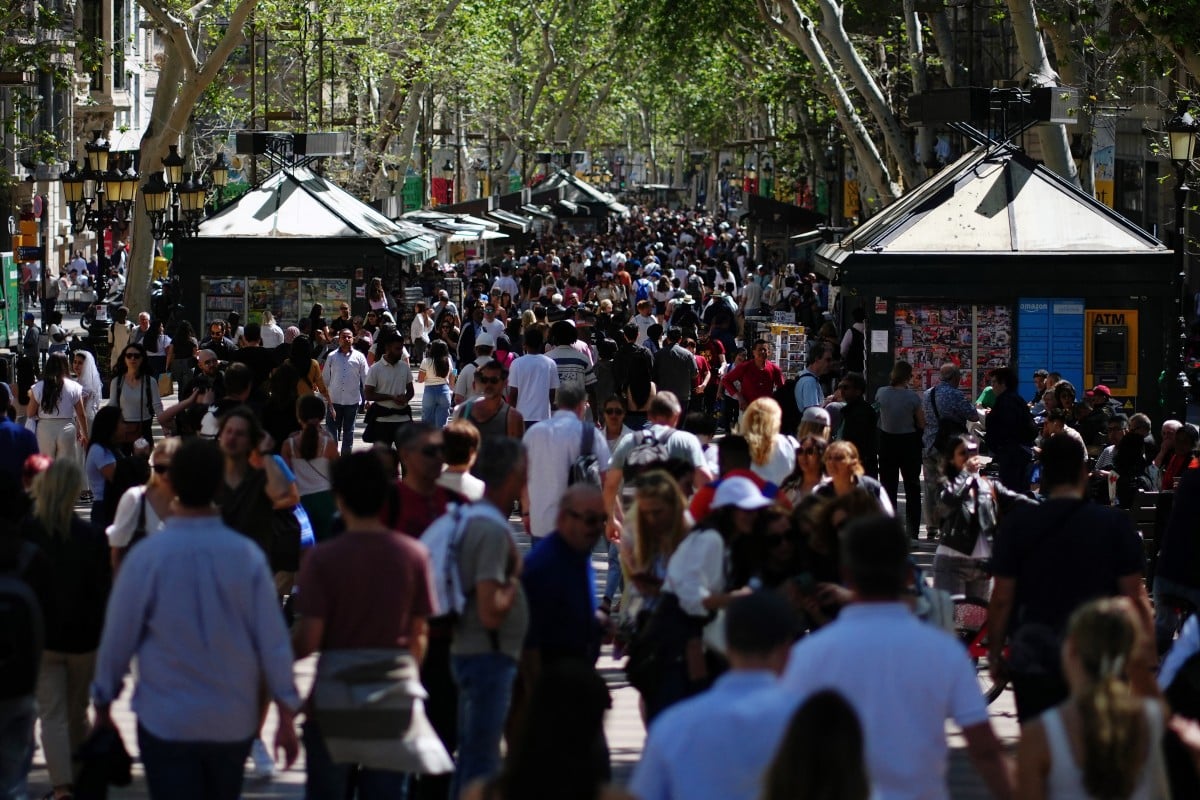
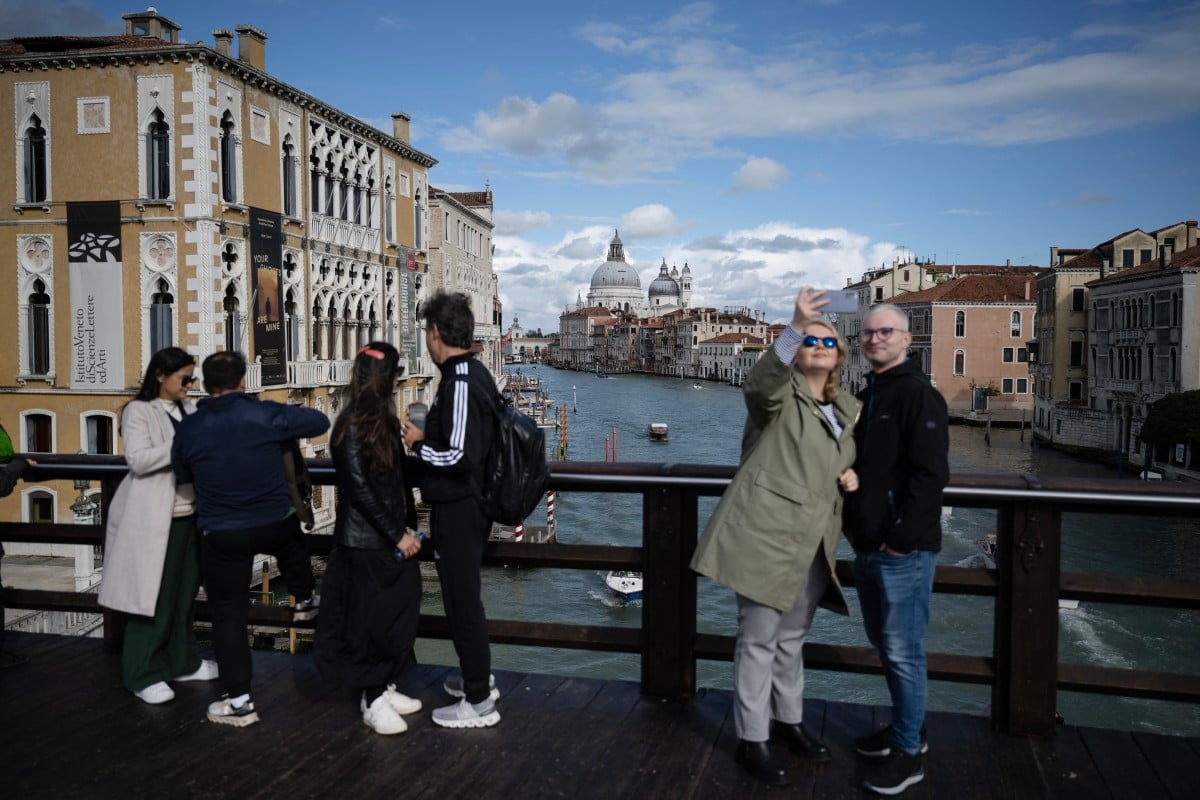

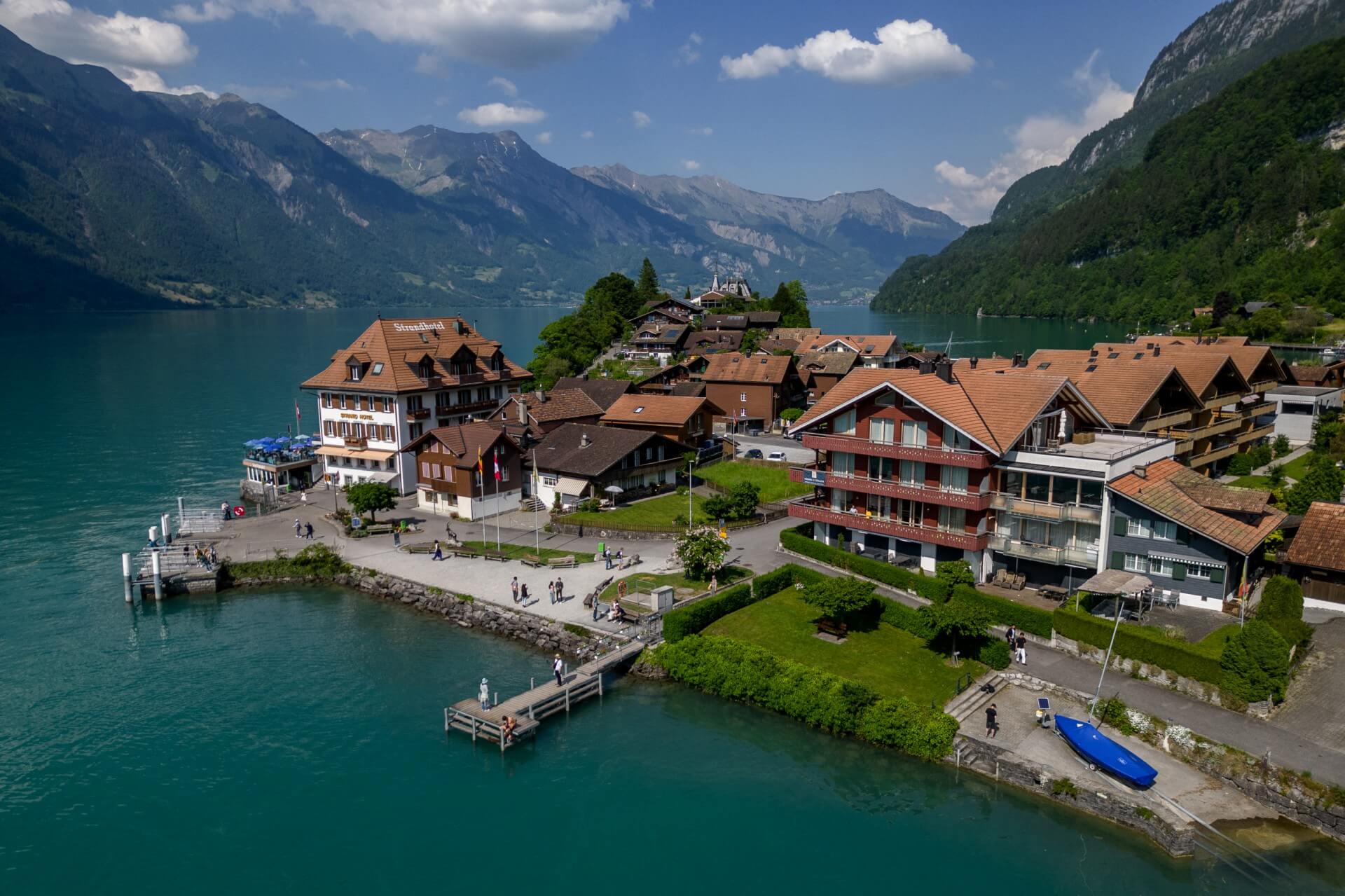
 Please whitelist us to continue reading.
Please whitelist us to continue reading.
Member comments